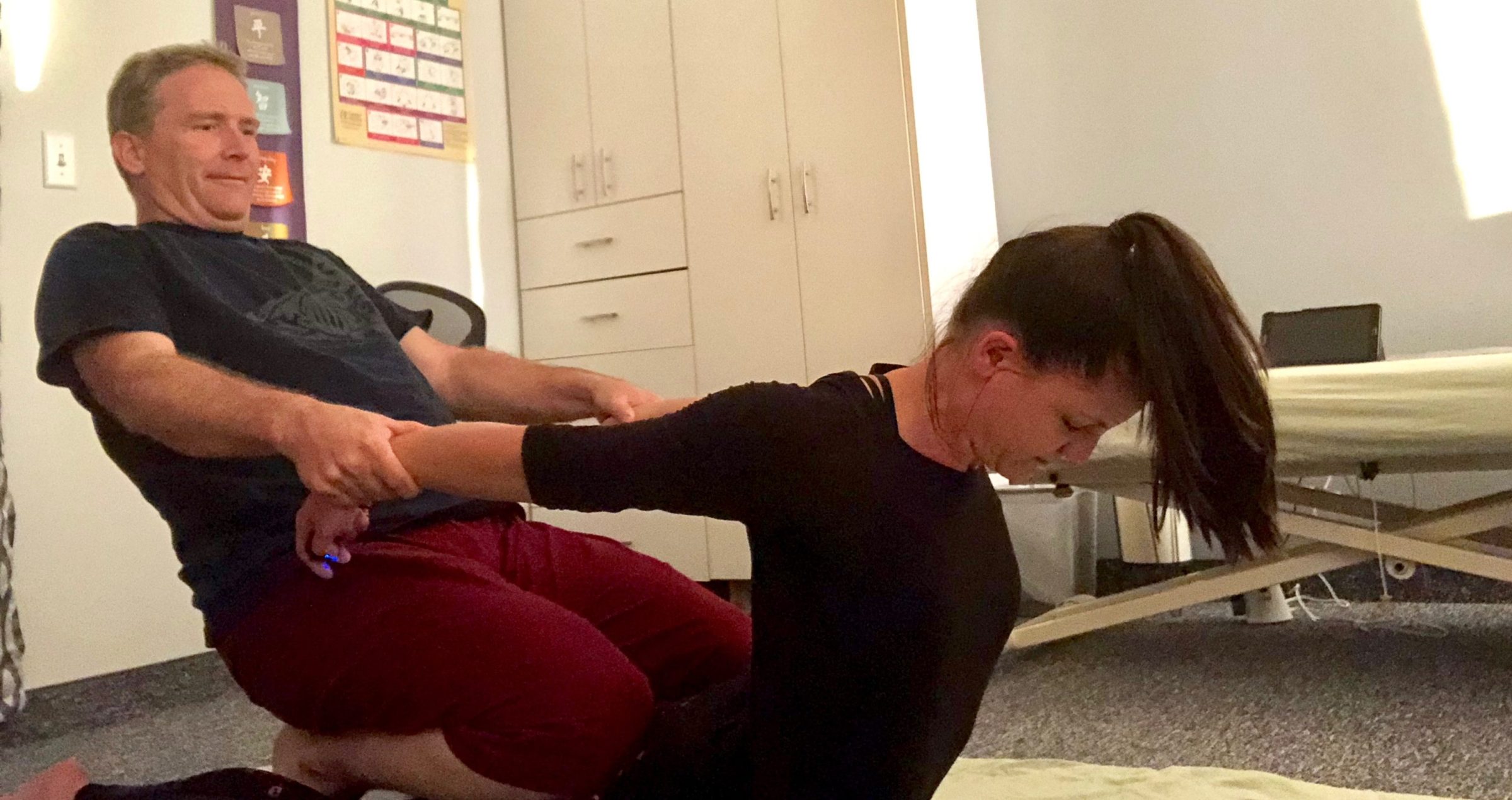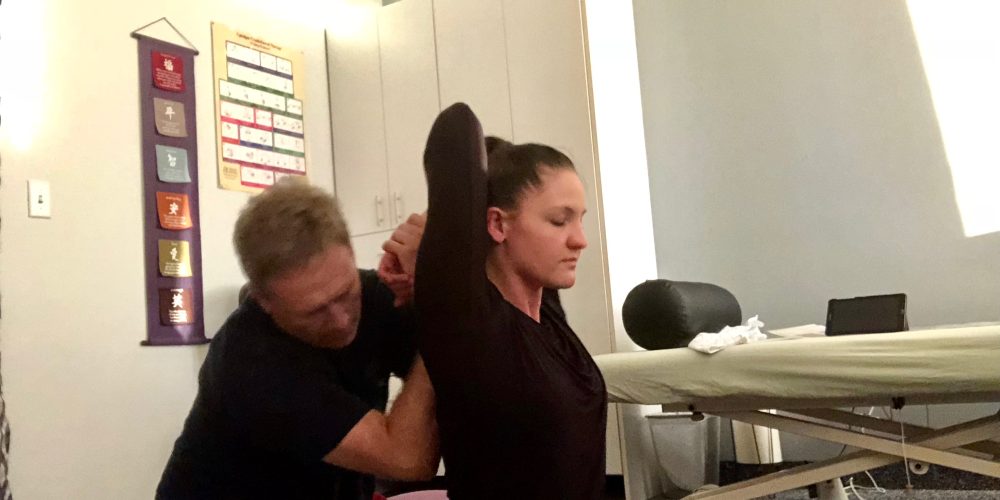 FIND A HEALER NEAR YOU
FIND A HEALER NEAR YOU
If you want to get something out of your massage beyond temporary relaxation, Thai massage is for you. Based in Ayurvedic principles, this therapeutic massage method is used as an instrument to bring the body, mind and spirit into balance – facilitating the body to heal itself. Thai massage principles acknowledge that our own bodies know more about healing than you or the massage therapist could ever know about what will make you well.
This ancient massage technique works with the three dosha types in mind: Vata, Pitta and Kapha. However, there are many different types of Thai massage – about as many as there are different types of yoga!
Thai massage is very helpful for breaking up fascia (fibrous connective tissue) throughout the body, which is helpful for improving flexibility, overall muscle function and sensory abilities. The massage techniques also help move energy and emotional blocks in the body, as Thai massage therapists massage your Sen lines. Sen lines are energy channels that run throughout the body and are similar to meridians in Chinese medicine and nadis in Indian medicine.
Common physical, mental and psychological benefits of Thai massage:
- Increases flexibility, mobility and athletic performance
- Detoxes the body
- Increases blood circulation
- Improves posture, balance and body alignment
- Helps arthritis, back and neck pain
- Reduces muscle ache and tension
- Increases muscle efficiency
- Balances energy and emotions
- Increases mental clarity and concentration
- Promotes relaxation and calms the mind
- Reduces stress and anxiety
- Boosts energy levels and stamina
- Increases overall health and vitality
- Improves outlook and well-being
My experience
I had only had one Thai massage in my life (years ago, performed by a massage student), but I had come to love it during my second massage given by Jeremy Kuecks of AJ Bodywork, who specializes in Thai massage. Jeremy used a series of compression and stretches, while using a rocking motion and his own body weight to apply pressure and deepen the stretches. I am a huge fan of firm-pressure massages, so I was immediately loving it. I definitely had some tight areas in my hamstrings, calves, lower back and hips. Although weirdly ticklish at times, even those tight areas felt great to be massaged.
Also, you know that feeling you typically get after a Swedish massage that kinda feels like a drunken state, like you’re floating on a cloud or not cognitively all-there? Well, I didn’t get that after a Thai massage. Instead, I felt relaxed, yet energized and grounded, and could fully function for the rest of the day. I also felt athletic, oh-so-bendy and oddly – extra confident.
I was a little sore in those formally tight areas for a couple days afterward, but I could tell I was a lot less tense. I also noticed that my posture was much better when I had to sit at my desk at work. My back was also popping and shifting into alignment within 24 hours after the massage.
I ended up taking a yoga class a couple days after my Thai massage, and I was shocked at how much more flexible I was. It was a dramatic difference!
Overall, I highly recommend Jeremy Kuecks as a therapist and Thai massage in general. Based on the lasting results I felt from the session, I’m considering replacing my occasional Swedish massage with Thai massage.

Things to know before you go:
- Thai Massage is done fully clothed, on a mat on the floor.
- Dress in comfortable clothes that allow full range of motion (yoga clothes are great).
- You don’t have to be limber. The therapist will always work within each client’s own abilities.
- Speak up. Thai massage is typically performed with firm pressure, but make sure you tell your therapist if the pressure is too firm or soft – throughout the massage. This massage can be gentle but deep.
- Make sure your therapist is a certified massage therapist trained in Thai massage and licensed in your state or country. Thai yoga massage is not always the same thing as Thai massage, and some yoga instructors will teach yoga classes using Thai massage techniques. Do your research.
- Thai massage practitioners use their hands and feet to perform the massage, so if you have a foot-phobia, this may not be for you.
- The massage techniques and postures used to perform Thai massage are not strenuous for the therapist. Thai massage therapists can work a lengthy career without physically burning out. If you care about your therapist’s health, this is a good massage technique to support.
- Just like any massage, drink lots of water afterward.
Visit our directory to find a Thai massage therapist near you.



